AYODHYA RAM MANDIR

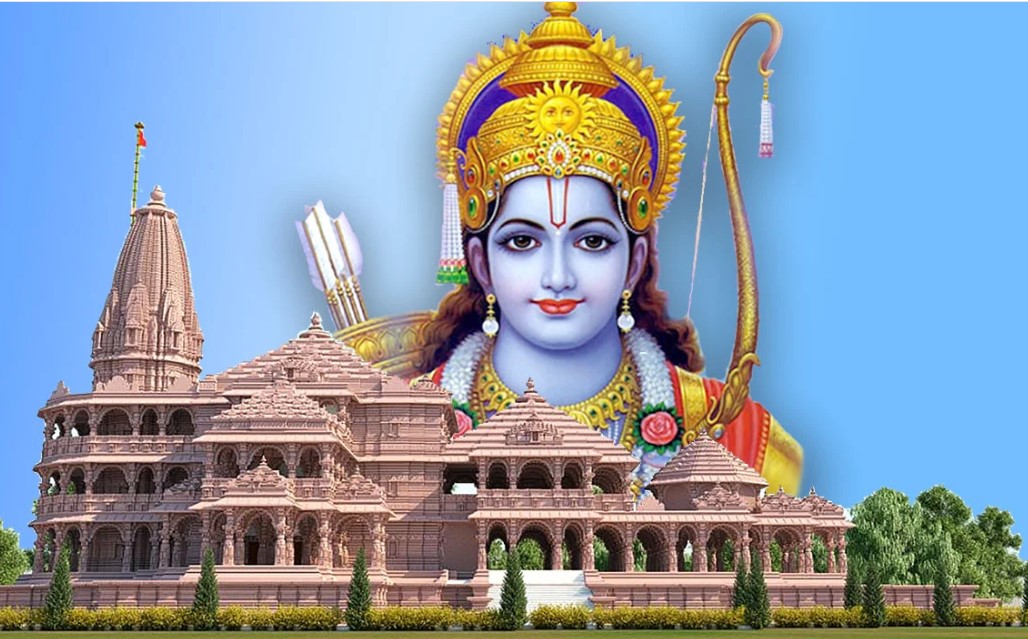
The Ayodhya Ram Mandir: A Sacred Symbol of Faith, History, and Controversy

Nestled on the banks of the serene Sarayu River in the ancient city of Ayodhya, India, the Ram. Janmabhoomi temple holds a significant place in the hearts and minds of millions of Hindus worldwide. This temple, dedicated to Lord Ram. Is believed to mark the birthplace of the revered deity and has been a focal point of religious fervor, cultural identity. And historical debate for centuries. The journey of the Ayodhya Ram Mandir from antiquity to modern times is a saga intertwined with faith, politics. And controversy, making it one of the most contentious religious sites in the world.
Ancient Origins and Mythological Significance

The history of Ayodhya, the birthplace of Lord Ram, stretches back to the mists of time, steeped in mythology and legend. According to Hindu scriptures, Ayodhya was the capital of the ancient kingdom of Kosala, ruled by the illustrious King Dasharatha, father of Lord Ram. The epic Ramayana, attributed to the sage Valmiki, narrates the life and adventures of Lord Ram, depicting his birth, exile. And eventual return to Ayodhya as a triumphant king.
The Ramayana describes Ayodhya as a magnificent city adorned with palaces, temples, and gardens, reflecting. The prosperity and grandeur of its ruler. The birth of Lord Ram in Ayodhya’s sacred precincts is celebrated annually during the festival of Ram Navami, drawing pilgrims and devotees from across the globe to pay homage to the divine prince.
The Construction of the Ram Janmabhoomi Temple

The origins of the Ram Janmabhoomi temple can be traced back to ancient times when devotees erected shrines and sanctuaries at the site believed to be the birthplace of Lord Ram. Over the centuries, Ayodhya became a center of pilgrimage and religious activity, with successive rulers and dynasties contributing. To the development and embellishment of the sacred precincts.
The earliest historical reference to a temple at the Ram Janmabhoomi site dates back to the 11th century when King Raja Raja Chola I of the Chola dynasty is said to have commissioned the construction of a grand temple dedicated to Lord Ram. Subsequent rulers, including the Mughals and the Delhi Sultanate, exercised control over Ayodhya, leading to periods of religious tension and conflict.
The Mughal Era and the Babri Masjid
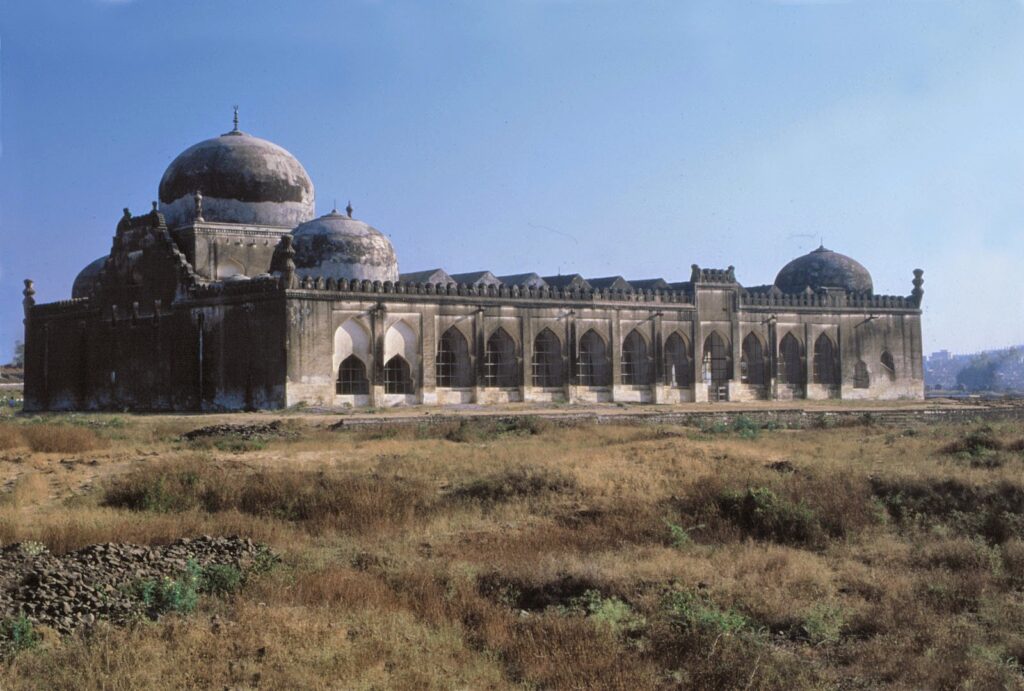
The most contentious chapter in the history of the Ayodhya Ram Mandir revolves around the construction of the Babri Masjid, a mosque built during the Mughal era. According to historical records. Mir Baqi, a general in Emperor Babur’s service, constructed the Babri Masjid on the site of an existing Hindu temple in 1528.
The construction of the mosque at the purported birthplace of Lord Ram ignited simmering tensions between Hindus and Muslims, with conflicting claims to the sacred site. While the Babri Masjid became a place of worship for Muslims, Hindus continued to revere the site as the birthplace of their deity, leading to centuries of dispute and discord.
The Ram Janmabhoomi Movement
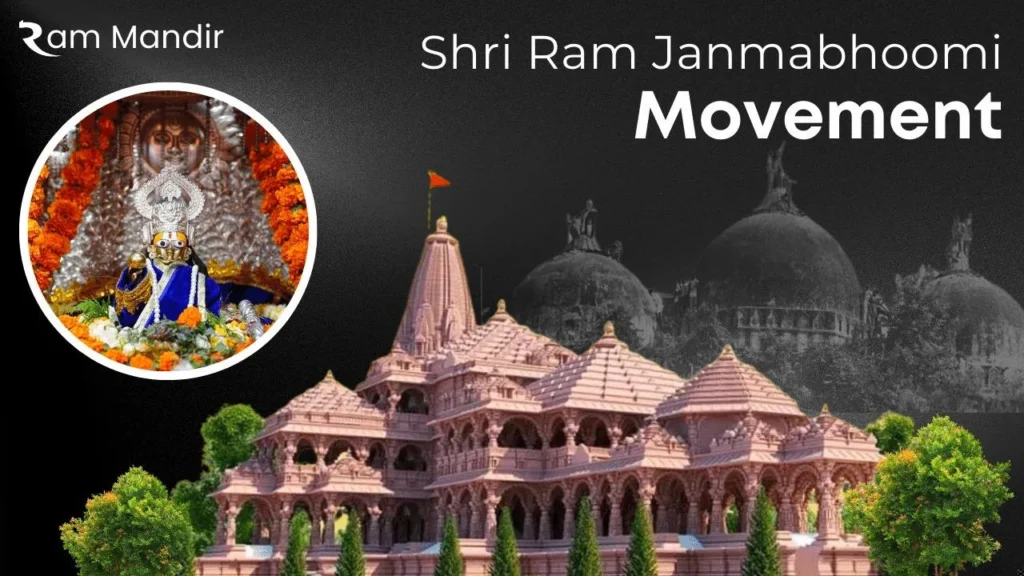
The 20th century witnessed the resurgence of Hindu nationalism and the revival of the Ram Janmabhoomi movement, fueled by calls for the construction of a grand temple at the birthplace of Lord Ram. The movement gained momentum in the 1980s under the leadership of various Hindu organizations. And political figures, culminating in the historic Rath Yatra led by the Bharatiya Janata Party (BJP) leader Lal Krishna Advani in 1990.
The Ram Janmabhoomi movement galvanized millions of Hindus across India, rekindling sentiments of religious pride and cultural identity. However, it also sparked communal tensions and violence, leading to tragic incidents such as the demolition of the Babri Masjid on December 6, 1992, by Hindu extremists.
Legal Battles and Judicial Verdicts
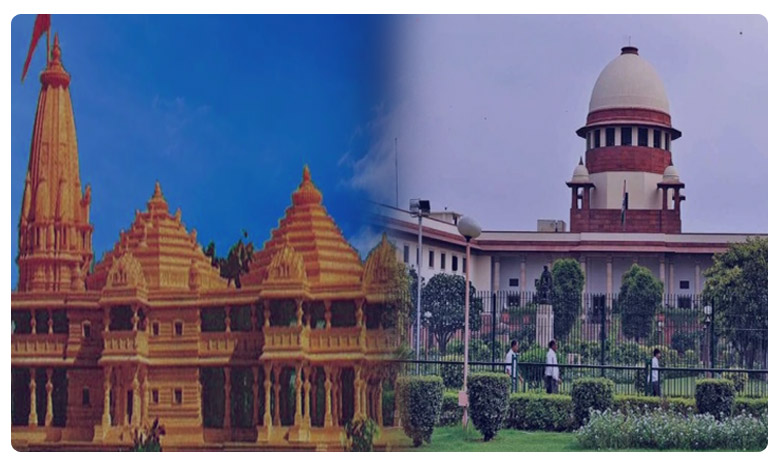
The demolition of the Babri Masjid plunged India into a protracted legal battle over the ownership. Of the disputed site, with multiple parties staking claim to the land. The legal dispute, which spanned several decades, saw hearings in various courts, including the Allahabad High Court and the Supreme Court of India.
In a landmark judgment delivered on November 9, 2019, the Supreme Court of India settled. The long-standing dispute by ruling in favor of the construction of a Ram temple at the disputed site while also directing. The allocation of alternative land to the Sunni Waqf Board for the construction of a mosque.
A contentious issue that had divided communities and inflamed passions for generations was brought to a close by the Supreme Court’s verdict, hailed as a milestone in India’s legal history. The rule of law and judicial impartiality triumphed in the judgment, upholding the principles of justice and secularism enshrined in the Indian Constitution.
The Construction of the Ayodhya Ram Mandir

The Supreme Court’s verdict set the stage for the construction of the Ayodhya Ram Mandir, fulfilling a long-standing demand.. The long-cherished dream of millions of Hindus worldwide. The groundbreaking ceremony for the temple was held on August 5, 2020, coinciding with the auspicious occasion of Ram Mandir Bhumi Pujan, attended. By Prime Minister Narendra Modi and other dignitaries.
The construction of the Ayodhya Ram Mandir represents not only the fulfillment of a religious aspiration. But also a monumental feat of architectural and engineering excellence. The temple complex, designed in accordance with ancient Vedic principles and architectural styles, is set to become a beacon of Hindu spirituality and cultural heritage, attracting pilgrims and visitors from around the globe.
Cultural and Symbolic Significance
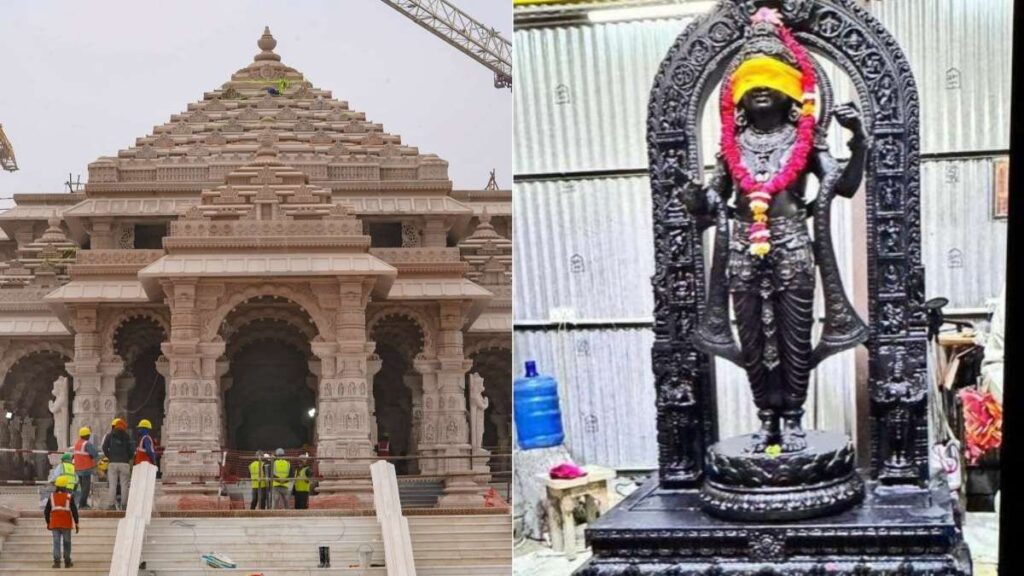
The Ayodhya Ram Mandir holds profound cultural and symbolic significance for Hindus. Serving as a tangible expression of their faith, devotion, and reverence for Lord Ram. The temple complex, with its towering spires, intricate carvings. Devotees can envision sacred sanctuaries as their spiritual center for offering prayers and participating in rituals. And experience moments of transcendence and communion with the divine.
India reaffirms its civilizational ethos through the construction of the Ayodhya Ram Mandir.And cultural heritage. Signaling the revival of traditional values and beliefs in an increasingly globalized world. The temple complex is not just a religious edifice but also a cultural landmark that embodies. The timeless ideals of truth, righteousness, and dharma that Lord Ram epitomizes.
Reconciliation and Communal Harmony

Hindus hail the construction of the Ayodhya Ram Mandir as a triumph for them.It also presents an opportunity for reconciliation. And communal harmony in a diverse and pluralistic society like India. The Supreme Court’s verdict, which sought to balance the competing claims of different religious communities, underscored. The importance of dialogue, mutual respect, and coexistence in resolving complex socio-religious issues.
After the temple’s construction, we must make efforts to foster interfaith understanding.. And solidarity, bridging the divides that have marred India’s social fabric for centuries. Initiatives promoting religious tolerance, cultural exchange, and peaceful coexistence can help heal the
wounds of the past and pave the way for a more inclusive and harmonious society.
Conclusion
The Ayodhya Ram Mandir stands as a testament to the enduring power of faith. The resilience of the human spirit, and the triumph of justice over adversity. From its ancient origins to its modern-day construction. The temple’s journey reflects the rich tapestry of India’s religious. And cultural heritage, encompassing both moments of triumph and moments of tribulation.
As the Ayodhya Ram Mandir takes its place among the pantheon of the world’s great religious monuments. It serves as a reminder of the timeless values of love, compassion, and righteousness embodied by Lord Ram. May the temple inspire generations to come to seek solace in the divine and strive to build a world guided. By the principles of peace, harmony, and universal brotherhood.
KNOW MORE ABOUT RECENT BLOGS

saepe vitae quaerat iure consequatur animi blanditiis recusandae est omnis. accusamus at velit voluptate ab labore itaque maxime est officia sed. delectus possimus recusandae ad omnis facere veniam.
voluptatum et dicta ratione vero eum voluptatem tempora aut eveniet maxime quis. atque quas quae inventore labore aut et aliquam deleniti corporis tempora quidem omnis corrupti rerum nesciunt.